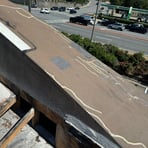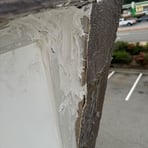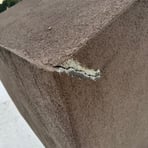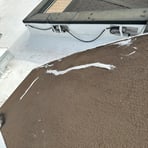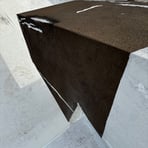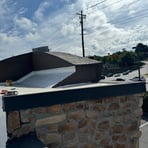The Secret to Long-Lasting Stucco: Essential Maintenance Tips
Stucco is a durable and visually appealing exterior finish, commonly used in commercial buildings for its strength and insulation properties. However, when neglected, stucco can develop cracks, discoloration, and even structural damage—leading to expensive repairs. The key to maintaining stucco isn’t complicated, but it does require regular attention. If you manage or maintain commercial properties, keeping stucco in top shape isn’t just about aesthetics—it’s about preventing costly damage that could lead to leaks, mold growth, and structural issues. In this guide, we’ll break down the common problems, essential maintenance steps, and long-term protection strategies to keep your building’s stucco in peak condition.
Martin Hunsinger
3/5/20253 min read
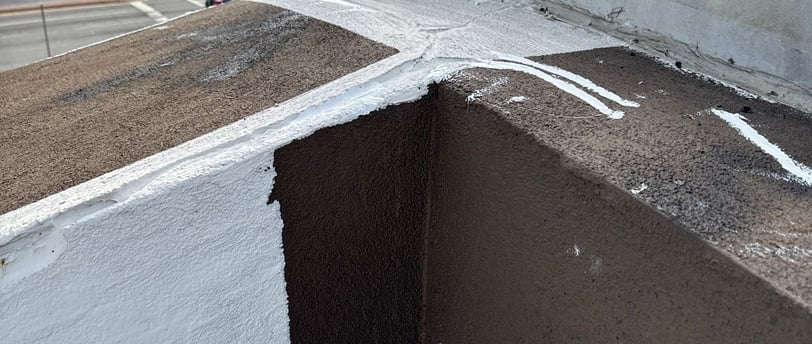

Stucco is a durable and visually appealing exterior finish, commonly used in commercial buildings for its strength and insulation properties. However, when neglected, stucco can develop cracks, discoloration, and even structural damage—leading to expensive repairs. The key to maintaining stucco isn’t complicated, but it does require regular attention.
If you manage or maintain commercial properties, keeping stucco in top shape isn’t just about aesthetics—it’s about preventing costly damage that could lead to leaks, mold growth, and structural issues. In this guide, we’ll break down the common problems, essential maintenance steps, and long-term protection strategies to keep your building’s stucco in peak condition.
Why Stucco Matters in Commercial Buildings
Stucco isn’t just about curb appeal. It serves three critical functions in commercial properties:
Weather Protection: Stucco acts as a shield against rain, wind, and temperature fluctuations.
Energy Efficiency: Properly maintained stucco helps insulate buildings, reducing heating and cooling costs.
Structural Integrity: A well-maintained stucco surface prevents water infiltration that can compromise a building’s foundation.
Neglecting stucco maintenance leads to cracks, moisture intrusion, and expensive repairs—issues that can be easily prevented with the right approach.
Common Stucco Problems and What Causes Them
Understanding what goes wrong with stucco helps prevent minor issues from becoming major headaches. Here are the most common problems:
1. Cracking
Hairline cracks (<1/16 inch) are typically caused by settling, minor impact, or temperature changes.
Larger cracks can indicate structural movement, improper installation, or water damage beneath the stucco.
2. Discoloration and Stains
Water stains are a sign of drainage issues or excessive moisture absorption.
Mold or mildew growth suggests poor ventilation or leaks in the building envelope.
3. Delamination or Peeling
When stucco starts separating from the building, it usually means moisture has infiltrated behind it—often due to failed flashing or sealants.
4. Efflorescence (White Powdery Deposits)
This is caused by water seeping through the stucco and carrying salts to the surface, indicating poor drainage or excessive moisture.
Ignoring these issues leads to water infiltration, rot, and costly structural repairs. Now, let’s talk about how to prevent these problems.
Essential Stucco Maintenance Tips
Routine maintenance ensures stucco remains durable and problem-free. Here’s what every facility manager and handyman should do:
1. Perform Regular Inspections (Quarterly & Annually)
Walk around the building every three months, looking for cracks, stains, or peeling.
Pay extra attention to areas around windows, doors, and joints where stucco meets other materials.
Schedule a professional inspection at least once a year for in-depth assessments.
2. Keep Stucco Clean
Use a low-pressure power washer or a garden hose with a soft brush to remove dirt and mildew.
Avoid high-pressure washing, as it can force water into cracks and damage the surface.
Use a mild detergent or a stucco-safe cleaner for tough stains.
3. Repair Cracks Immediately
Hairline cracks can be sealed with an elastomeric stucco patch or caulk.
Larger cracks (>1/8 inch) require a stucco repair compound—avoid quick DIY fixes that don’t allow for expansion and contraction.
If cracks reappear frequently, consult a professional to check for underlying structural issues.
4. Seal and Repaint Stucco When Needed
Apply a breathable masonry sealer every 3-5 years to prevent moisture penetration while allowing trapped water to escape.
Use acrylic or elastomeric paint designed for stucco surfaces to extend its lifespan.
5. Ensure Proper Drainage Around the Building
Check gutters and downspouts to make sure water is directed away from stucco walls.
Ensure the ground slopes away from the foundation to prevent water pooling.
Look for signs of water damage, such as efflorescence or dark stains near the base of the walls.
When to Call a Professional
While regular maintenance can prevent major issues, some problems require expert intervention. Call a stucco specialist if you notice:
Large, expanding cracks (these could indicate structural shifts).
Persistent water damage signs, like peeling stucco or mildew odors.
Stucco detaching from the wall (delamination is a serious issue).
Widespread discoloration that doesn’t improve with cleaning.
A professional can conduct a moisture test, repair flashing and drainage issues, and apply advanced sealants to extend the lifespan of your stucco.
Final Thoughts: The Long-Term Benefits of Stucco Maintenance
Stucco is one of the most durable exterior materials, but only if properly maintained. By following these simple maintenance strategies, you can:
Prevent costly repairs and premature replacement
Enhance your building’s curb appeal and property value
Improve energy efficiency by sealing cracks and preventing heat loss
Extend the lifespan of your building’s exterior
For facility managers and commercial handymen, staying proactive with stucco maintenance saves time, money, and headaches down the road. Don’t wait until small cracks become major problems—regular care keeps your building in top shape for years to come.
What’s Next?
Are you dealing with stubborn stucco issues? Have any maintenance tips that have worked for you? Drop a comment below—I’d love to hear your experiences!
